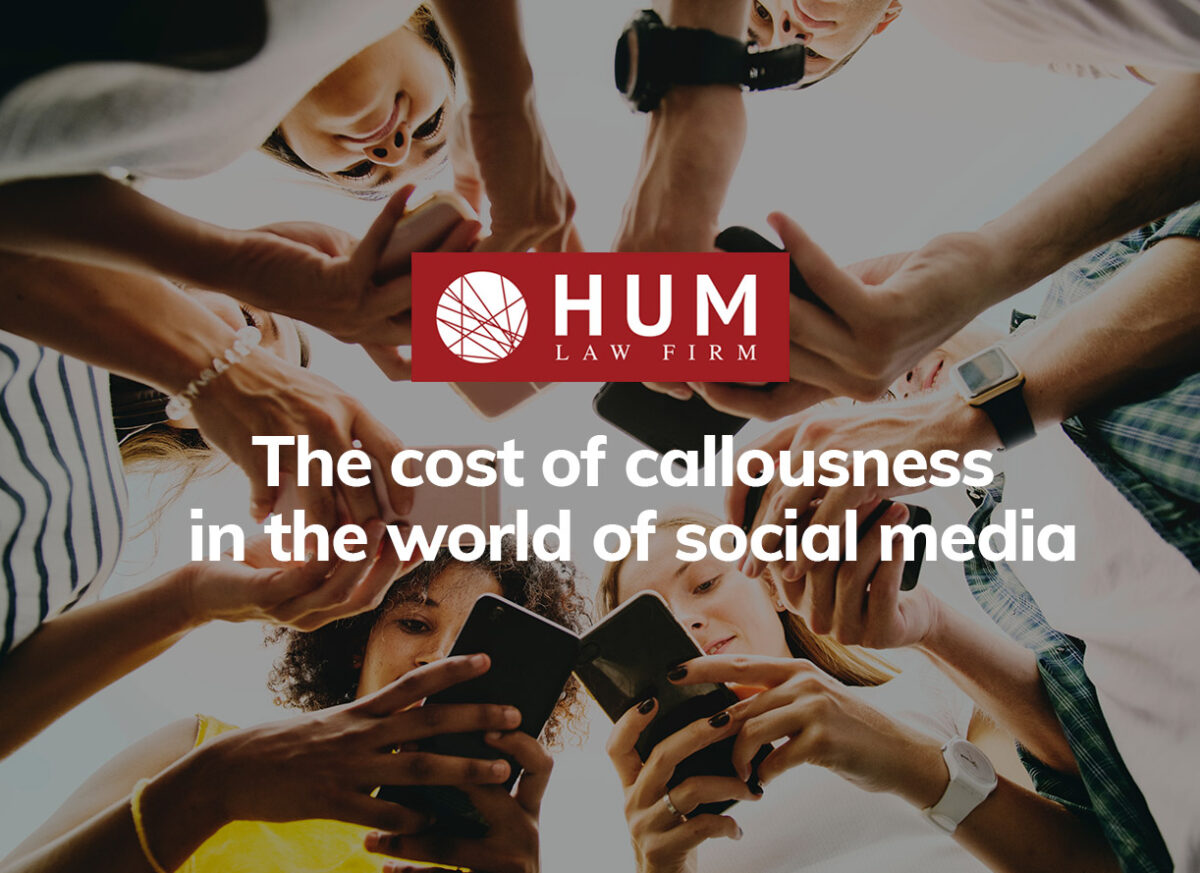The recent Kyte Baby controversy involving a new mother being fired highlights the risks associated with employers taking their internal matters to social media. The employee posted that she was fired while her newborn son was in the hospital’s newborn ICU, and that post went viral on TikTok. After that, the company’s founder issued public apologies on the same social media platform. However, these apologies were met with skepticism and accusations of damage control from the public.
Beyond the immediate backlash and public relations fallout, what legal considerations could this case raise if it unfolded in Ontario?
Risk of Moral Damages
The employer’s responses on TikTok might expose them to the risk of moral damages if the employee filed a claim in court.
In cases where an employer breaches the duty of good faith and fair dealing during termination, moral damages may be available. According to the Supreme Court of Canada’s ruling in Honda Canada Inc. v. Keays, 2008 SCC 39, this breach can occur if the employer is dishonest, deceptive, or insensitive.
The employer’s TikTok posts are perceived as attempts at “scrambling for damage control” by many viewers. Additionally, the employee asserted that some statements made by the employer were untrue and even made her seem dishonest. As such, the employer’s posts might strengthen the employee’s claim for moral damages, as they might suggest a lack of good faith and honesty.
Further, if the social media posts contributed to a toxic work atmosphere, it might even attract the risk of constructive dismissal claims by other employees.
Discrimination Claim
The employee, who is a new mother dealing with a premature baby in the Newborn ICU, could potentially file a discrimination claim under Ontario’s Human Rights Code (the “Code”). The Code prohibits discrimination based on family status and requires employers to fulfill their duty to accommodate. If the employer’s actions are found to be discriminatory, they may face not only a wrongful dismissal claim but also a claim for general damages under the Code.
In a similar case, Partridge v. Botony Dental Corporation, 2015 ONSC 343, the employer reassigned the employee, after her maternity leave, to a dental hygienist position with an unpredictable and conflicting work schedule, knowing it would clash with her childcare needs. When the employee raised concerns about her inability to meet childcare obligations, she was dismissed. The Court ruled that the employer violated the Code by failing to accommodate the employee’s childcare needs. As a result, the employer was ordered to pay $20,000 for the breach of the Code.
Involving social media may further complicate legal disputes since public posts can carry evidentiary weight. If the employer’s posts or public statements can be construed as treating the employee unfairly due to her family status, it may be used as evidence to support her claim. Additionally, any public statements that appear to contradict the facts may be used as evidence against the employer. If the posts are perceived as insincere or inconsistent with the facts, it could impact the credibility of the employer.
Impact on Settlement Opportunities
Social media posts by the employer could significantly complicate the potential for a settlement. In cases where a claim could potentially damage the reputation of businesses, settlement is often a preferred choice for employers in order to avoid public judgments.
Settlement agreements have two essential objectives: confidentiality and no admission of liability. However, the employer’s public TikTok posts were seen as admissions of liability and made this case even more “viral.” These posts make it challenging to settle while preserving these two objectives. Regardless of whether there is a settlement, the value of any confidentiality and no admission of liability clauses are significantly diminished or rendered worthless because of public social media posts.
Cure or Poison?
The idea that social media can remedy company mistakes could be easily flawed, as it often amplifies the negative aspects rather than resolving the situation. The Cloudflare incident is a good example. In this case, the employee recorded the conversation with HR about her termination and shared it on TikTok. After the post went viral, the company’s CEO publicly apologized and acknowledged the imperfections in the company’s approach, trying to save face in the public eye. However, the employee still received overwhelming support, and the employer, on the other hand, faced more criticism from the public.
Conclusion
When employers resort to social media to address internal matters, they run the risk of damaging their credibility and exacerbating the situation. Social media platforms, where information spreads rapidly, become a battleground for public opinion. Mishandled situations can lead to severe consequences, including a tarnished brand image, boycotts, and loss of revenues.
Given that employment laws are designed to protect employees’ rights, the Kyte Baby and Cloudflare events underscore the importance for employers to reconsider their tactics of dealing with internal personnel issues, such as termination. Employers facing similar situations should prioritize a private and respectful resolution, engaging in open communication internally to address concerns.
In the age of social media, employers must approach employment disputes with a strategic and legally informed mindset. Also, employers should bear in mind the potential impacts of social media on their overall workplace culture. Early engagement of legal counsel is recommended in jurisdictions like Ontario, where employment law generally offers tremendous protections for employees.
If you need guidance from an experienced employment lawyer, contact Hum Law today at (416)214-2329 or Complete our Free Assessment Form Here.


